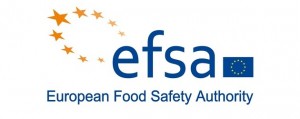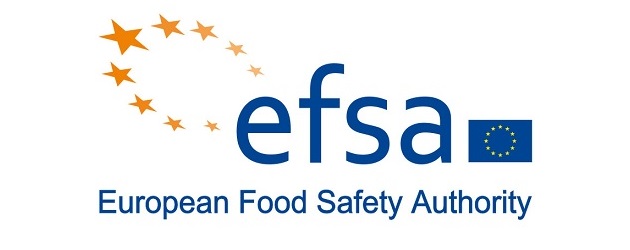Rainfall, the use of contaminated water for irrigation or for applying pesticides, and contaminated equipment are among the factors that cause contamination of berries with Salmonella and norovirus.
 |
| [relatedPosts title=”Related Posts”] |
|
|
These are some of the findings of a scientific opinion on risk factors that contribute to the contamination of fresh or frozen berries such as strawberries, raspberries or blueberries at different stages of the food chain. EFSA has recommended that producers use good agricultural, hygiene and manufacturing practices to reduce contamination. Because of a lack of relevant information, EFSA could not assess the suitability of microbiological criteria at primary production or during processing of berries.
Get the full research article here.
Abstract
Berries are a perishable food which can be consumed as fresh or minimally-processed as well as a frozen ingredient added to many foods. Strawberries, raspberries, blackberries and blueberries are the most commonly consumed in the EU. Risk factors for berry contamination by Salmonella and Norovirus were considered in the context of the whole food chain. Available estimates of the prevalence of these pathogens in berries were evaluated together with mitigation options relating to prevention of contamination and the relevance of microbiological criteria. It was concluded that each farm environment represents a unique combination of risk factors that can influence occurrence and persistence of pathogens in berry production. Appropriate implementation of food safety management systems including Good Agricultural Practices (GAP), Good Hygiene Practices (GHP) and Good Manufacturing Practices (GMP), should be primary objectives of berry producers. There is currently insufficient evidence to justify the establishment of microbiological criteria for Salmonella for fresh or frozen berries. Outbreaks associated with Norovirus in frozen raspberries and strawberries are an emerging public health risk, although it is not known if in these outbreaks contamination occurred at minimal processing or during primary production. It is currently not possible to assess the suitability of an EU-wide Norovirus Hygiene Criterion at primary production for raspberries and strawberries. Microbiological criteria for Norovirus in berries are useful for validation and verification of food safety management systems, including HACCP-based processes and procedures, and can be used to communicate to food business operators and other stakeholders what is acceptable or unacceptable, however there is insufficient data to provide a risk base for establishing a Process Hygiene and Food Safety Criteria for Norovirus in berries. Collection of appropriate data and subsequent risk-based development of microbiological criteria to support improved control of Norovirus in frozen raspberries and strawberries should be considered as a priority.





